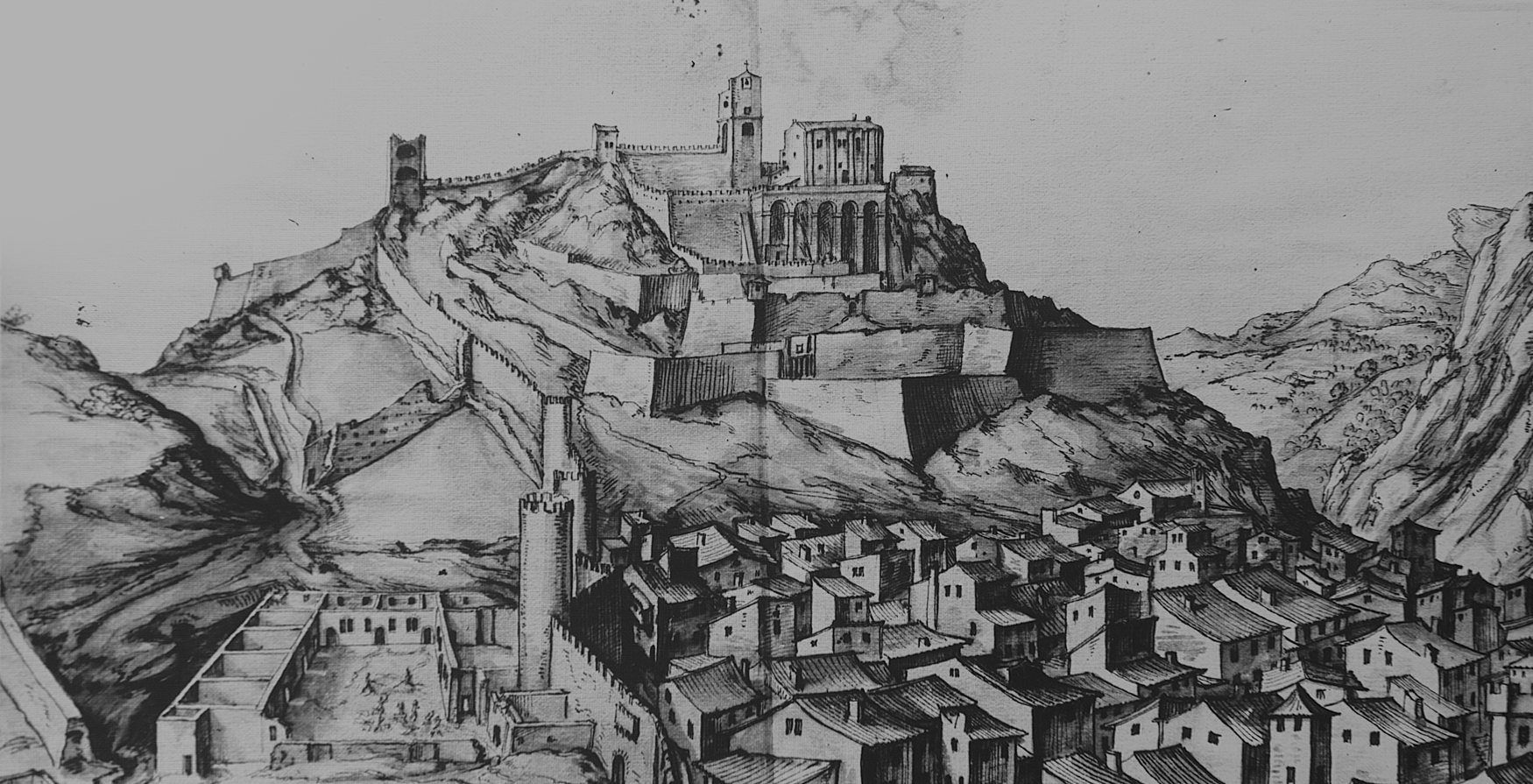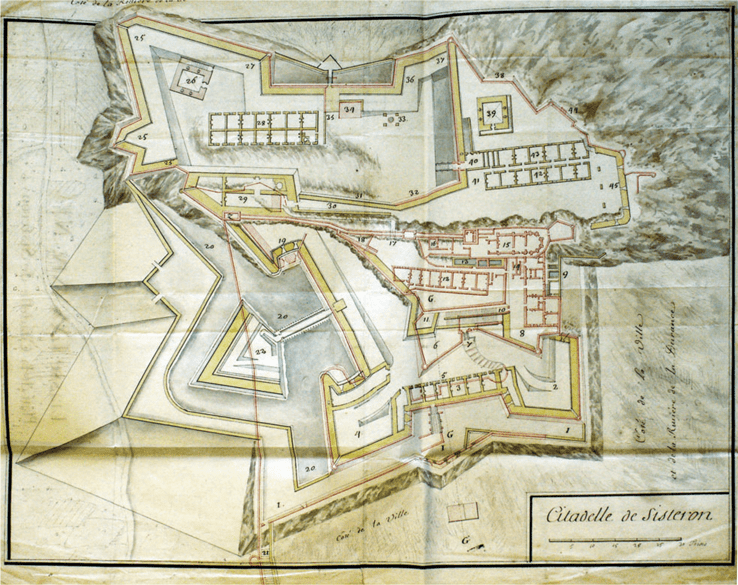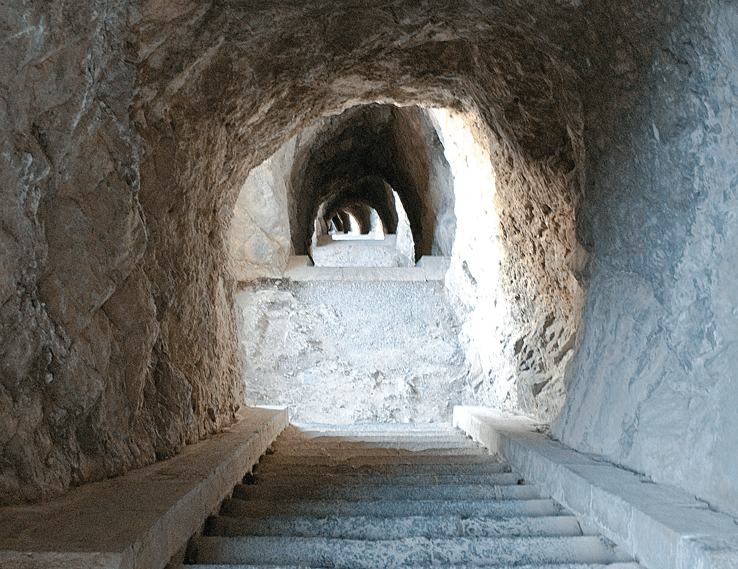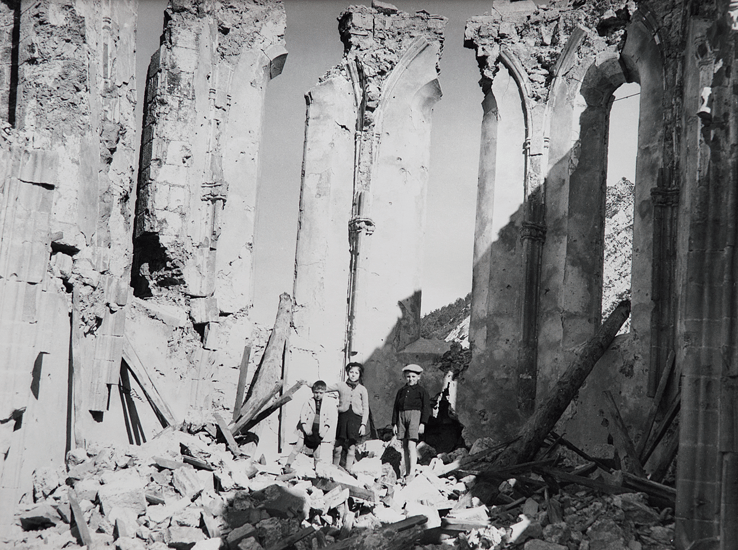
History
Some dates
1209
Castle of the Counts of Provence, it protects the County from the turbulent dolphins. It is the postern of the Provençal state.
XIVe
It defends the city threatened by armed bands returning from the kingdom of France.
1516
François Ist François I visited it. Bayard holds a garrison there.
1562
The Wars of Religion are ignited in Provence. It is the stake of all the parties. A refuge for the Protestants, the Catholics besieged it twice.
1589
The great works begin at the advent of Henry IV. This was the first award to two contractors from the Val d'Aoste. In 1611 the general plan of the Citadel is in place.
1639
Richelieu locked up Prince Jean Casimir Vasa, the future King of Poland, in the dungeon for plotting with Spain against France.
1692
After the invasion of the Haute-Durance by the Duke of Savoy (Victor Amédée II), Vauban "measured" it. Of his project, only the powder magazine and a well were built.
5 mars 1815
She worried Napoleon on his return from Elba. It could have stopped him, broken the epic. Deprived of gunpowder, its 23 cannons let the emperor and his 1,200 soldiers pass.
Juillet 1944
The Resistance freed the political prisoners who were locked up there.
15 août 1944
The Citadel was severely damaged during the bombing of the city by the Allied forces.
1956
An association (ATM) is taking charge of its restoration under the aegis of the City and the Monuments Historiques.
2015
On 20 January 2015, the Citadelle of Sisteron was classified as a Historic Monument in its entirety.
The rock that bears the Citadel has always been fortified.
Nothing remains of the Roman oppidum, nor of the fortified castle of the early Middle Ages, made of palisades and precarious towers. The fortress that crowns the town today is a collection of works from very different periods, the result of successive modernisations and renovations. The upper rampart, or walkway, punctuated by a powerful keep, dates from the 13th or 12th century.e, voire du XIIe There were two other towers, one of which was levelled off (to the west) and the other lowered. In the 16th century, this crowning line was adapted at 16th century -e after the damage caused by the Wars of Religion - to the north and south, a series of bastioned works to which was attached the rampart that had surrounded the town since the 14th century.e The south side has four enclosures with gates, some of which are well defended by drawbridges. The north face, which Vauban (1633-1707) called "l'Hiver" for its coldness, has only three, which were extensively modified in the 19th century.e These works, attributed without reason to Jean Errard (engineer of the fortifications of Picardy and the Ile de France), are more likely to be the work of Jehan Sarrazin, the king's engineer in the second half of the 16th century.e siècle.

In 1692, following the invasion of the upper Durance valley by the Duke of Savoy Victor Amédée II (1675-1730), Vauban drew up a vast defence plan for Sisteron, covering the town and the fortress. Of the ambitious project, only the powder magazine and a well (to the north) were built.
From 1842 to 1860 - Savoy and the County of Nice were not yet French - final works were carried out to update the Citadel. Referring to Vauban's recommendations, the curtain walls were raised and the two carriage gates on the south side were opened. To the north, the second enclosure was redesigned and a cistern was built to collect rainwater. Casemates were built, protected by escarpments. The underground staircase linking the fortress to the north gate of the town was dug.

From 1863 onwards, only maintenance credits were allocated. The Citadel lost its value as a fortification with the advent of rifled artillery allowing for very long-range firing and, in 1894, the fortress was decommissioned. The Citadel became a detention centre for German prisoners during the First World War.
It was classified as a historical monument in 1925 and bought by the City in 1928. An open-air theatre was created there. It hosts a theatre festival, one of the first in France. A new life begins...

In 1940, it was requisitioned and became a "supervised residence centre", and temporary buildings were erected. In August 1944, the bombardment of the town caused terrible injuries which, since 1956, the Arts, Theatre and Monuments Association (ATM) has been gradually repairing with the proceeds from the admission fees.
Text P. Colomb and E. Robert